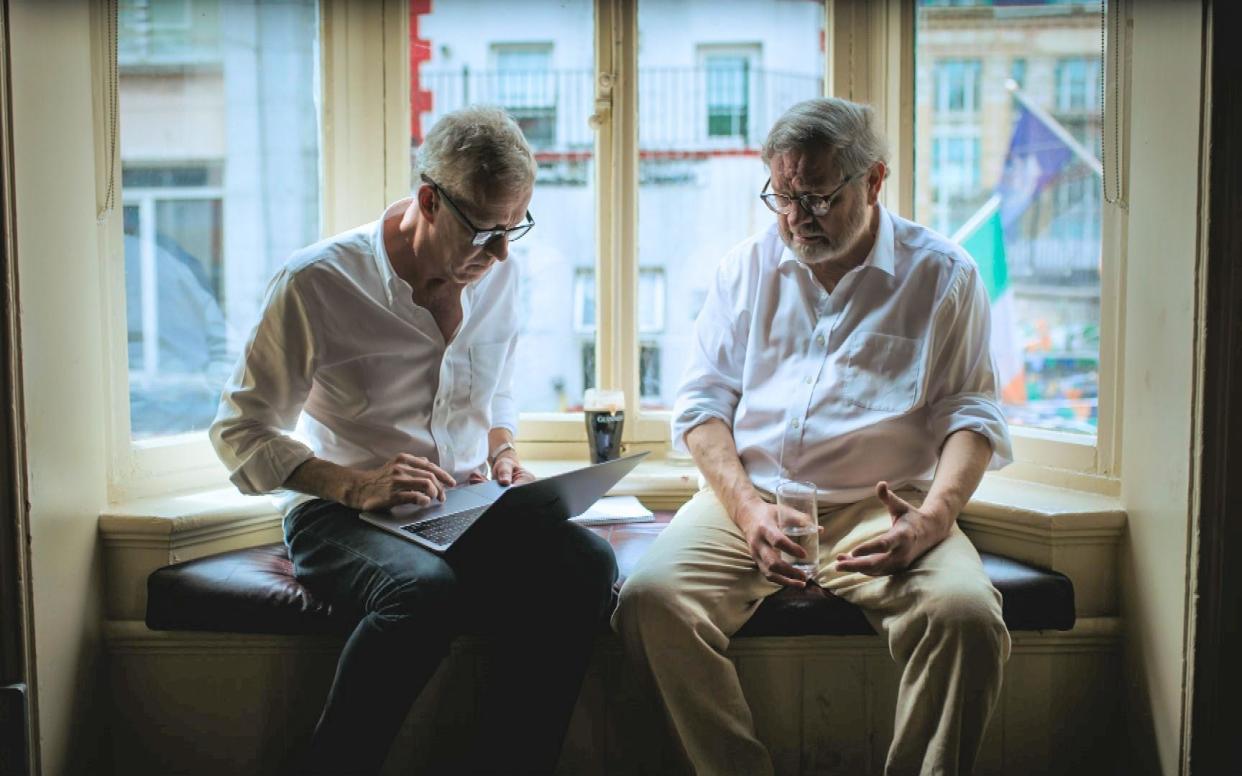The Billion Dollar Art Hunt, review: a tantalising search for $1 billion of stolen art

There’s something thrilling about an art heist, and The Billion Dollar Art Hunt (BBC Four) investigated one of the greatest of them all. In 1990, thieves disguised as police officers walked into the Isabella Stewart Gardner Museum in Boston, Massachusetts, tied up the guards and stole 13 masterpieces including three Rembrandts and a Vermeer. The case has never been solved.
The FBI think it was a Mafia job and that the paintings are still in the US. But in this documentary, journalist John Wilson followed a tip: that the thieves were Irish, and the haul is hidden behind a wall in West Dublin, with the possible involvement of the IRA.
From the off, we knew that this investigation would end in failure. If $1 billion worth of stolen art had been discovered behind the plasterboard of a Dublin semi, it would have been all over the news, wouldn’t it? Yet the story was engrossing precisely because we – and Wilson – were never quite sure if this was a wild-goose chase, or if he really was onto something. Wilson managed to make a virtue out of how little he was finding out.
At the heart of it was Charlie Hill, former head of the Metropolitan Police arts and antiques squad. Hill’s past successes include a sting operation to recover Edvard Munch’s The Scream, stolen from a gallery in Oslo, so he is no schmuck. But Wilson spent the film exasperated with Hill’s softly, softly methods, which seemed to be getting them nowhere fast.
Hill claimed that well-known criminal Martin Foley, nicknamed The Viper, knew the whereabouts of the paintings and was willing to reveal them. The $10 million reward might have had something to do with it.
The film was packed with colourful characters, both on screen and off. One US lawyer recalled a bone-breaking handshake with a Mafia henchman: “He was a very well-built gentleman with a hand about the size of a Volkswagen Beetle.” A reporter scoffed at the idea Foley could be trusted, dismissing him as a man so hated that he had been shot four times: “He’s like a bloody sieve.”
The FBI poured cold water on the Irish link. Foley went quiet. But just when you were thinking this all sounded too far-fetched, another informant popped up to insist that the story was true. A tantalising end, but we’re no further to solving the mystery.


